Drama is a charming town surrounded by hills and lush greenery. Falakro and Menoikio mountains, creating a paradise for nature lovers. Hiking trails lead through these mountains, offering opportunities for adventure and discovery. The crystal clear waters of the Nestos River. For history lovers, the Archaeological Museum of Drama is the perfect place to visit, displaying artifacts from different eras, shedding light on the region’s past. The town also boasts several interesting churches.
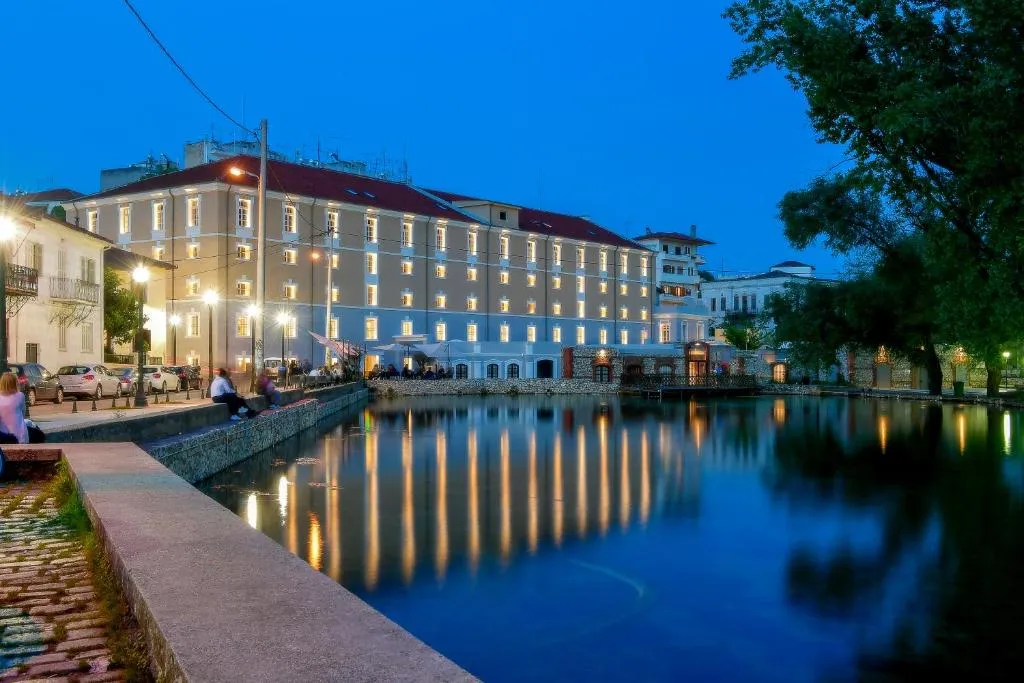
The Municipal Theatre in Drama hosts a variety of performances, including plays, concerts and dance performances. Every summer, the city hosts the International Short Metro Festival, which attracts filmmakers and film buffs from around the world. Wine lovers can visit local wineries, such as Wine Art Estate, to sample different wines and learn about the winemaking process. Nearby, visitors can discover the ancient city of Philippi, a UNESCO World Heritage Site.
Agia Varvara Park
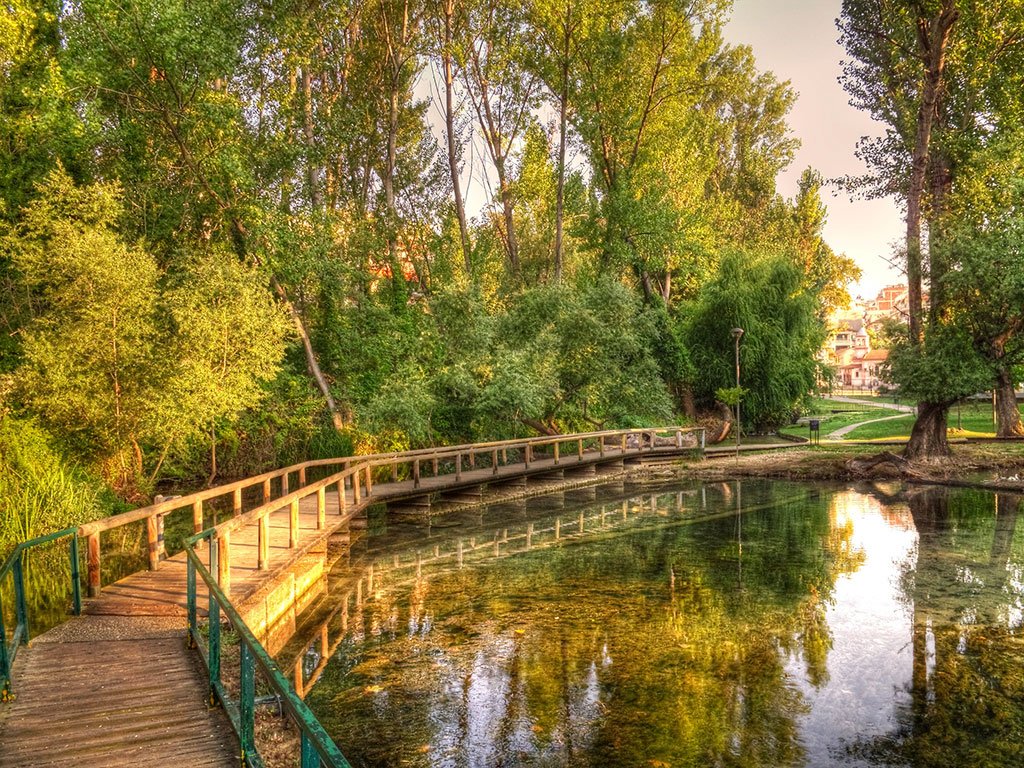

The park of Agia Varvara is the landmark of Drama. It covers an area of 60 acres, in the heart of the city and owes its name to the homonymous church of Agia Varvara, patron saint of the city, located there. The day of honor of the memory of Agia Varvara, on December 4, the inhabitants of the city light candles on improvided boats floating in the park lake creating a stunning backdrop that attracts young and old.
Monastery of the Ascension of the Savior
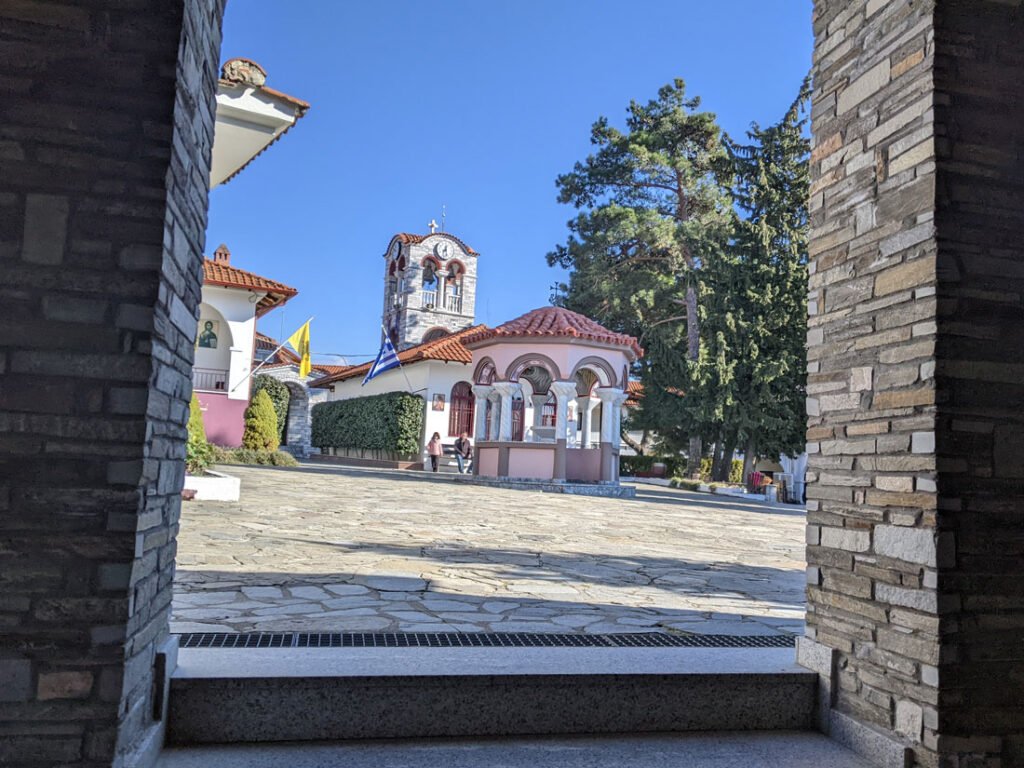
The Holy Monastery of the Ascension of the Saviour is in the north of Drama. The Holy Monastery where the skull of the Saint is kept and which is currently home to about thirty nuns dedicated to Byzantine iconography, embroidery, knitting and wax carving. You can simply relax a little in the garden of the Monastery, enjoying the beautiful surroundings, the splendid view of Mount Falakro.
Church of Agios Nikolaos
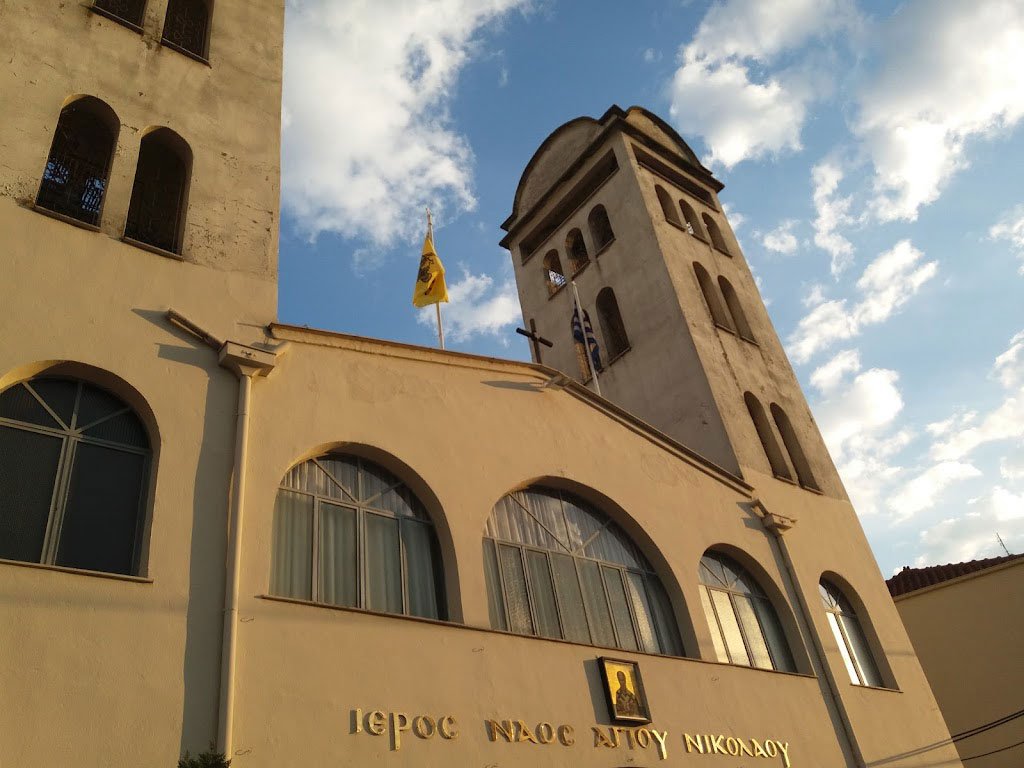
Agios Nikolaos is a church in the central square of Drama. It was formerly known as Eski Mosque. The construction of the Eski Mosque, according to historians, is estimated at the end of the 17th century, because since then the city of Drama began to expand outside the Byzantine walls of which a part of them is preserved today. And of course, when we say outside the walls, we also mean the current central square and of course the current Agios Nikolaos, formerly Eski Mosque.
Archaeological Museum of Drama
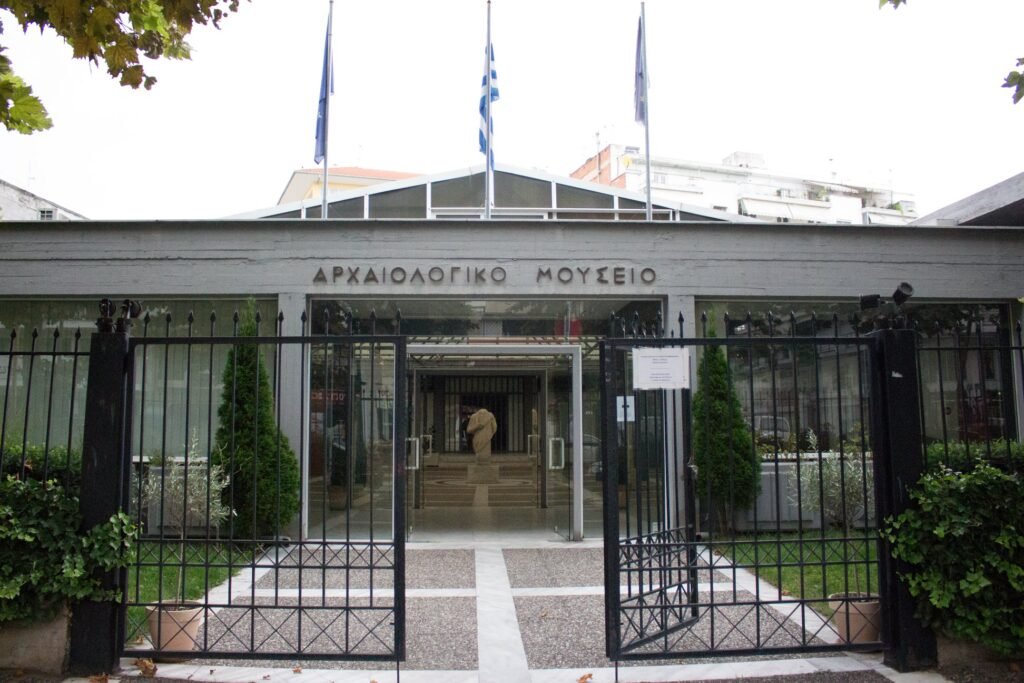
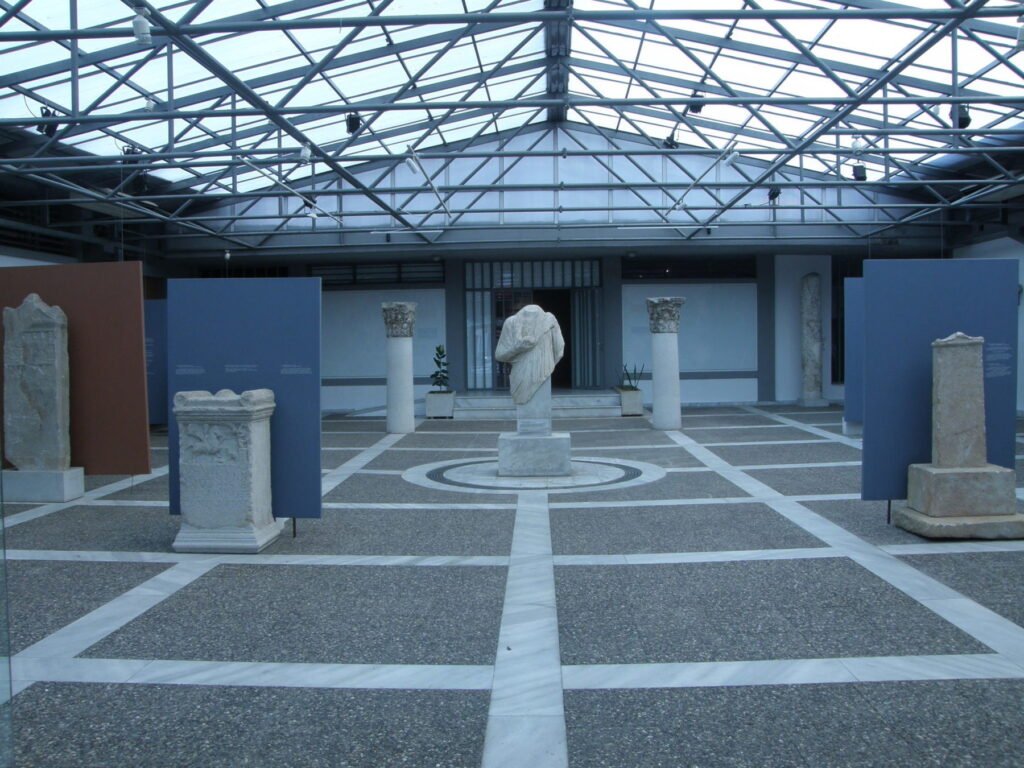
The Drama Archaeological Museum records the gradual steps towards civilization taken in the Drama region, beginning with the representation of Middle Paleolithic hunter-gatherers (50,000 BC), then the earliest Neolithic farmers and pastoralists of the Drama plain (5500–3000 BC), the first patriarchal communities of the Bronze Age (3000–1050 BC), and the powerful tribes of the Early Iron Age (1050–700 BC).
Drama Railway Museum

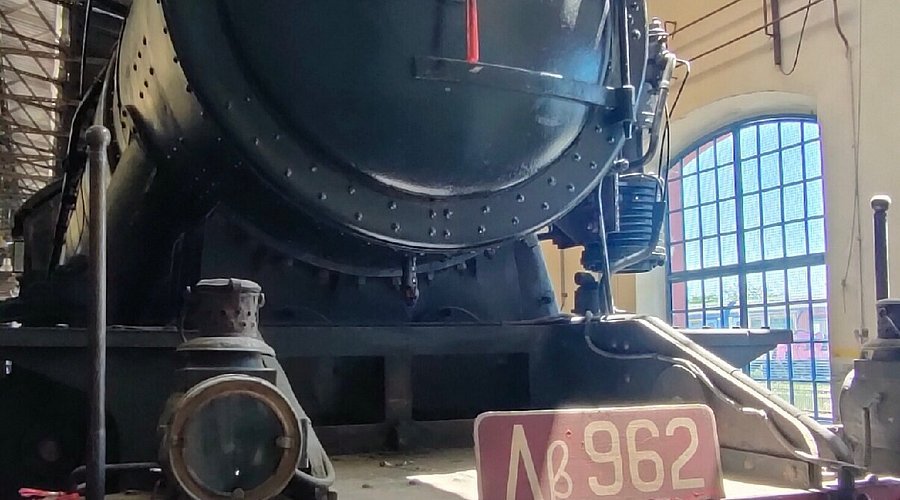
The railway museum opened in 2007 in a small space in depot, 10 years later, in 2017, and after the closed of the depot some years ago its expansion began.
A few months ago, the largest transport of rolling stock took place, 9 old freight cars from the first half of 20th century and one steam locomotive, the last of the series Kg, moved for restoration from the members and volunteers of museum.
And this is only the beginning.
Folklore Drama Museum
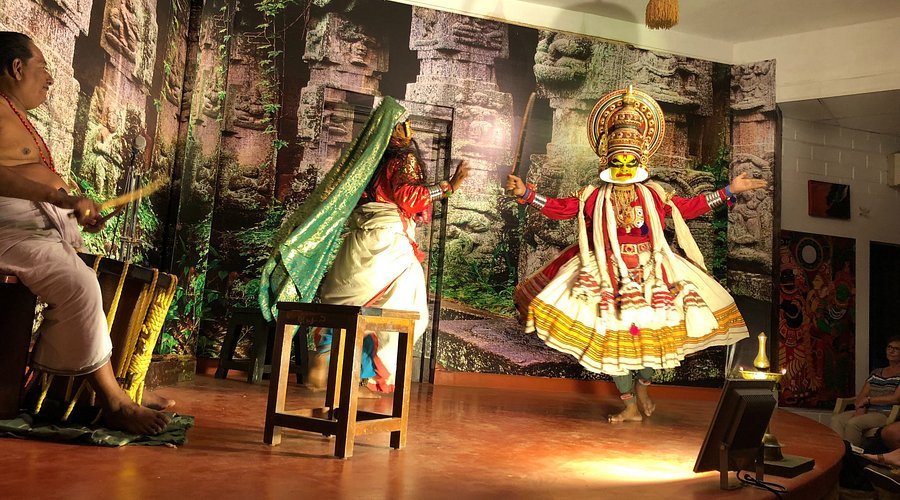
Folklore Drama Museum: The exhibits include, among many other things, a number of authentic folk costumes from Drama, the surrounding area, and the rest of Greece, old furniture from urban and rural homes, a barrel-organ, and a multitude of old objects.
